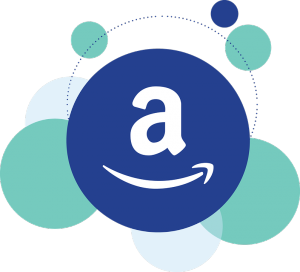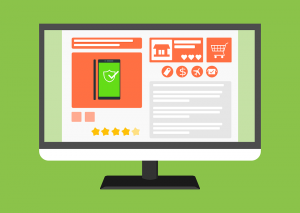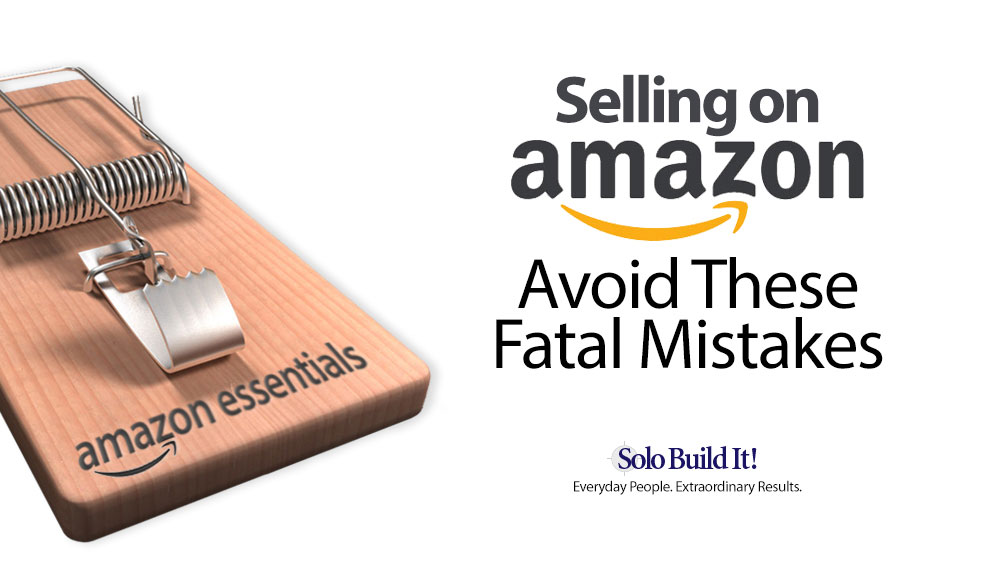
What happens when a solopreneur does business with an “800-pound gorilla with a hand grenade”? Nida Kazmi found out when Amazon shut down her seller account without warning.
This CNN article lays out the high rewards, and the higher risks, of mistakes selling on Amazon.
Take a few minutes now to read it (and watch the video at the top of the page), so that you know what you’re up against if you sell, or plan to sell, on Amazon.
Then close the window and read the rest of this article so that you know how to use Amazon to your best advantage.
What Lessons Can We Learn From This Seller’s Mistakes Selling on Amazon?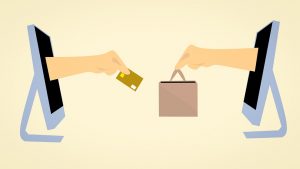
Remember this one thing. It can save you a lot of money and frustration when dealing with Amazon, or any other mega-company.
What looks too good to be true — often is.
Industry-dominating businesses, like Amazon, Facebook, and Google, are simply better at hiding that fact.
Lessons Learned: What Nida Kazmi Did Wrong
The upside of failure stories is that we can learn from them about how not to fail in an entrepreneurial business.
Nida Kazmi made several deadly decisions right at the beginning. Without proper instruction and help from Amazon, and even with expensive 1-to-1 consulting, she made some mistakes that were fatal to her business.
1) She relied too heavily on a single source of income. In Nida’s case, this was “selling stuff on Amazon.” This put her at the mercy of a giant third party, which could, and did, terminate her account for no discernible reason.
Your online business needs multiple streams of income so no single blow can knock you out, as happened to Nida.
Nida deserved a much better fate, given the energy, thought and determination that she brought to the table. Those are just the prerequisites, though. There are never any guarantees of success, but success is unlikely unless you develop a viable approach and a well conceived process, and combine them with knowledge of your niche, your attitude, and your motivation — what I call BAM (Brain-Attitude-Motivation).
2) As the article notes, “[Nida] chose stackable baby formula dispensers because the category didn’t seem to have much competition.” Amazon appears to be using its sellers as market researchers. Once a product, or a product category, proves itself, Amazon uses its clout to buy at huge discounts, then private labels the product.
Successful business owners advise those starting out never to blaze a trail. Use the competition to confirm your market research. Look at their products. If they sell on Amazon, look at the product description, and at the reviews — the ones that seem genuine, not the ubiquitous fake reviews that plague Amazon’s platform.
Find something lacking in the competition’s product, then produce and sell a better version.
And it’s not just products that Amazon is going after. As the video at the top of the article reveals, Amazon will go after any service if its market is big enough.
The story of Goldilocks passes down from generation to generation for good reason. When it comes to Amazon, find a product or category that’s just right, neither too small (why do all the market research for Amazon?) nor too big (why enter a market where you’ll likely compete with Amazon?).
3) She didn’t diversify her traffic sources. This is one of the most common mistakes people make selling on Amazon. Instead of generating her own organic traffic via a content-rich niche blog, or through paid social media for business, Nida depended on buying ads at — guess where? — Amazon.
Amazon has grown its advertising into a huge division in its own right. It’s on record as wanting to grow that division maximally. Its obligation is to its shareholders, not you.
You can eliminate much of the need for advertising with a website that discusses problems your potential visitors have, and shows how your product or service resolves those problems.
4) There was an obvious conflict of interest… Which products do you think will be treated better by Amazon? Which do you think will need more and more advertising just to stay in place? All of Amazon’s private labels will get premium exposure at little or no cost. And you’ll watch your product and seller rankings drop through the floor, or watch your profits sink into the red.
Meanwhile, the overall market for solopreneurs grows smaller. Amazon’s myriad private labels, all of which grow substantially larger than your label and are 100% owned by Amazon, eat up a growing percentage of the opportunities that existed for “the little guy,” that were proven up by market research performed by that same “little guy.”
The game is rigged when you compete against products sold by the very company that charges you for advertising, that handles all your infrastructure, and charges you a piece of the action. In short…
Amazon can’t lose. It makes money from so many directions, you can become dizzy thinking about it. And it’s increasingly unlikely that you’ll win.
The Big Bottom Line When Using Services Like Amazon
Bezos says that “Small businesses and entrepreneurs selling on Amazon Marketplace are incredibly important.” He should have added a dose of reality…
Incredibly important… for now.
The most successful Amazon vendors sell their own original products. They have a creative marketing flare. Matt Rawlins, with his artisanal glassware, is a good example.
He credits Amazon, but his business has grown to that point largely because of his skills, and because he owns his proprietary products.
But he’s carrying way too much risk given his size. He needs alternate sources of traffic, including organic search, well-chosen influencers for affiliate marketing, and a strong, brand-building, social presence.
The hard truth about selling on Amazon
If yours is one of several different companies selling the same set of wireless earbuds or self-folding whirligigs, you may make a few bucks for a while.
But you own nothing of particular value in your company.
When you depend on product and advertising as the core engine, you open yourself up to competition from knockoffs, which always results in a race to the bottom. Your best hope is that you lose that race.
The more Matt builds a stronger, all-round business, the harder it becomes for others to replicate. That’s one reason why monetization is best introduced last…
Build your own Content Traffic PREsell engine first — organic traffic, newsletter subscribers, the beginning of a strong social media presence, all of which grows to presell into your strong “brand of one.” Once you have that audience, there are plenty of ways to make money blogging and build multiple streams of income.
Important: If you’re not yet familiar with Content Traffic PREsell Monetization (C T P M for short), read about it here. It has been the key to business success for hundreds of years, for businesses from the small local grocer to Amazon itself.
The formula never changes. It merely adapts to circumstances and technologies as they change. With each major new trend, C T P M becomes even stronger.
One of the key points is that you own every part of that business. That means that you are in control. You do not depend on any third-party person or service.
This will only become more important as the years roll by. Unless you build a business that you own, that you grow on your own terms, your entrepreneurial future is diminishing…
To Amazon, solopreneurs are disposable
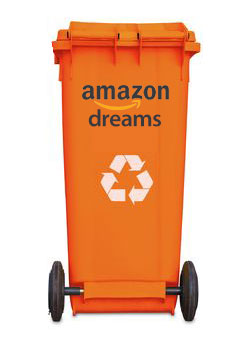 The inevitable, brutal ending is that you will be dispensable. In an environment where you depend upon Amazon traffic, Amazon advertising, Amazon warehousing, Amazon shipping, and even Amazon robots, what value-add do you really provide that it can’t do 1,000 times better?
The inevitable, brutal ending is that you will be dispensable. In an environment where you depend upon Amazon traffic, Amazon advertising, Amazon warehousing, Amazon shipping, and even Amazon robots, what value-add do you really provide that it can’t do 1,000 times better?
Sourcing from Alibaba? Buying ads? Finding a good line of products and selling them via ads is a generic, non-proprietary way to build a business. Sure, if you’re skillful at doing that, and then private label it into “your own,” you’ll pull some customers for a while.
Frankly, it’s not that hard to do. And it’s even easier to copy. Most Amazon sellers are unable to sustain any real success. And as we’ve seen, even the best case scenarios have a dubious future…
If you prove up a product or market, Amazon is happy to accept your proof and explode the opportunity. As it snipes the highest value, best-performing products for its private labels, you’ll find it harder and harder to create an even smaller, less profitable business.
Ultimately, it’s not just income that will suffer. Your business may not even have a penny’s worth of equity. After all, you don’t own very much that’s original — just you. Sorry to have to say this, but you can be replicated fairly easily.
Many understand, as Nida put it, that “Amazon is God and you are nobody” — but it’s usually too late.
What can you do about this?
So What’s the Solution?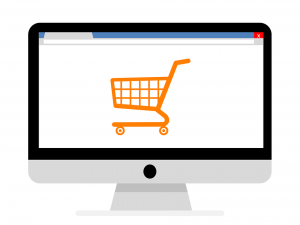
If you’re just starting out, include selling on Amazon as one part of your income-generating mix if it makes sense for your business. But do not make it the business…
You must always have a good answer for…
What if Amazon kicks me out tomorrow?
Even if you’re far down this vulnerable road, it’s not too late to round out a one-dimensional business. Do what those who are just starting out must do…
Diversify both traffic sources and monetization models.
- Build traffic that’s free/organic.
- Use social media to deepen your “Brand of One.”
- Progress from a mix of passive and semi-passive income (as your focus switches to building the C T P part of your growth engine), to increasingly active (and higher earning) income streams, distributed in more than one way.
Continue to bootstrap, investing your profits back into an increasingly sophisticated and capable business.
It’s Never Too Late to Recover From Mistakes Made While Selling on Amazon
Here’s the biggest bottom line: Grow your business, not Amazon’s. Your business grows real value — your content, your social presence, your brand, and your mix of income streams.
Again, it’s OK to include Amazon as part of that, but don’t be dependent upon it. Amazon offers a service that relieves a solopreneur of the pain of dealing with her goods.
Use it to grow, but only as part of the plan. Diversify into a strong and stable position, because dependency always ends badly. It’s time to ask yourself…
Why would I allow a company with such a strong potential conflict of interest to have such total and arbitrary control over my business?
If you do it right, though, you’ll grow business equity as well as income. When it comes time to sell the business, it will have a valuation that’s a solid multiple of gross income.
“Doing it right” means holding off on monetization until after C T P is in place and generating good results. Organic traffic and brand awareness should be growing.
Not only will you be welcoming high value, targeted visitors whom you would never have attracted through advertising, these people will know, like and trust you. That is your “brand of one.”
And it works! See these studies to fully grasp the power of patience…
 Some solopreneurs go on to discover their “inner entrepreneur.” Schooled in the basics of doing it right, they’re well-placed to leverage it all by building and leading their own team. They develop and sell their own proprietary products (it’s not as hard as you might think) through as many strong channels as they can.
Some solopreneurs go on to discover their “inner entrepreneur.” Schooled in the basics of doing it right, they’re well-placed to leverage it all by building and leading their own team. They develop and sell their own proprietary products (it’s not as hard as you might think) through as many strong channels as they can.
Most solopreneurs, though, find a level of contentment well before that. Stay at home spouses may be happy with $1,000 per month. Even the person who has been laid off may choose work/life balance over the requirements of becoming a full-blown, BigCo-growing entrepreneur.
There’s no wrong answer if you know your goals and your limits. Actually, there is only one wrong answer, regardless of the size of your goals…
Letting a third party use you.
Don’t let them use you. Instead, you use them!
Whatever level that you want to achieve, you must own every aspect of your business. C T P M is the best, long-proven roadmap to your destination.
Ready to build a business that you control?
Or discuss your business ideas with one of our experienced Advisors.
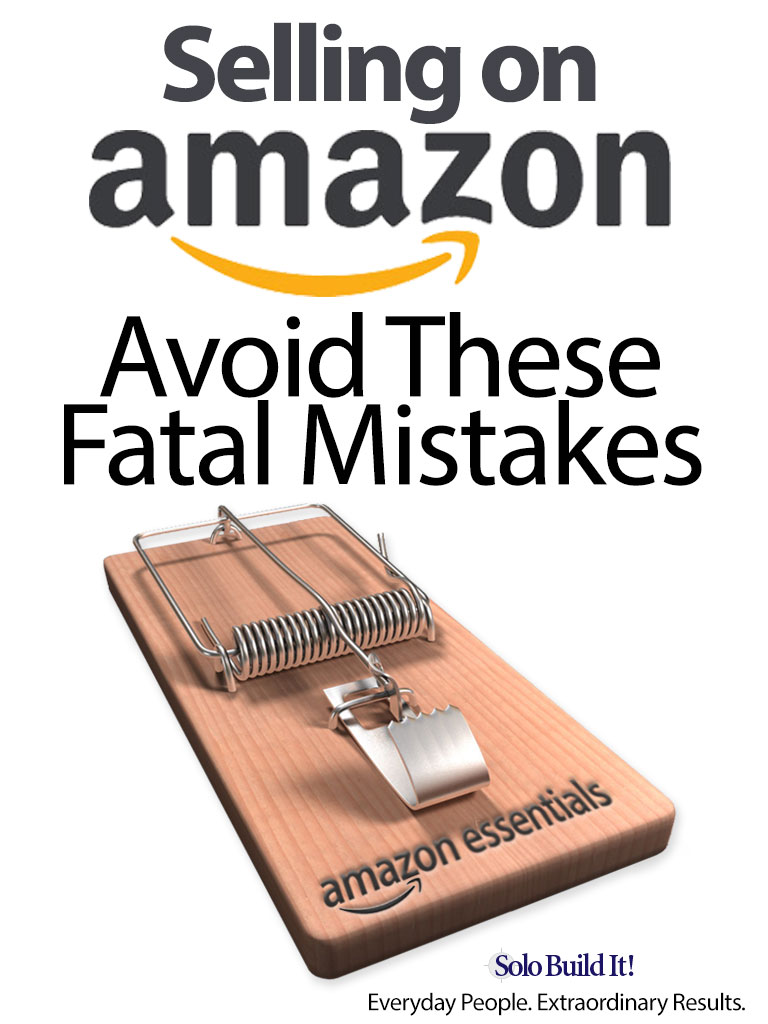
Latest posts by Ken Evoy (CEO, SiteSell) (see all)
- Understanding the 3 Phases of Search: A Guide for Website Owners - April 10, 2025
- Large Language Models: What Content Creators Need to Know - March 13, 2025
- Beyond the Helpful Content Update: The Real Lessons Google Is Teaching Us About the Future of Search - February 19, 2025

